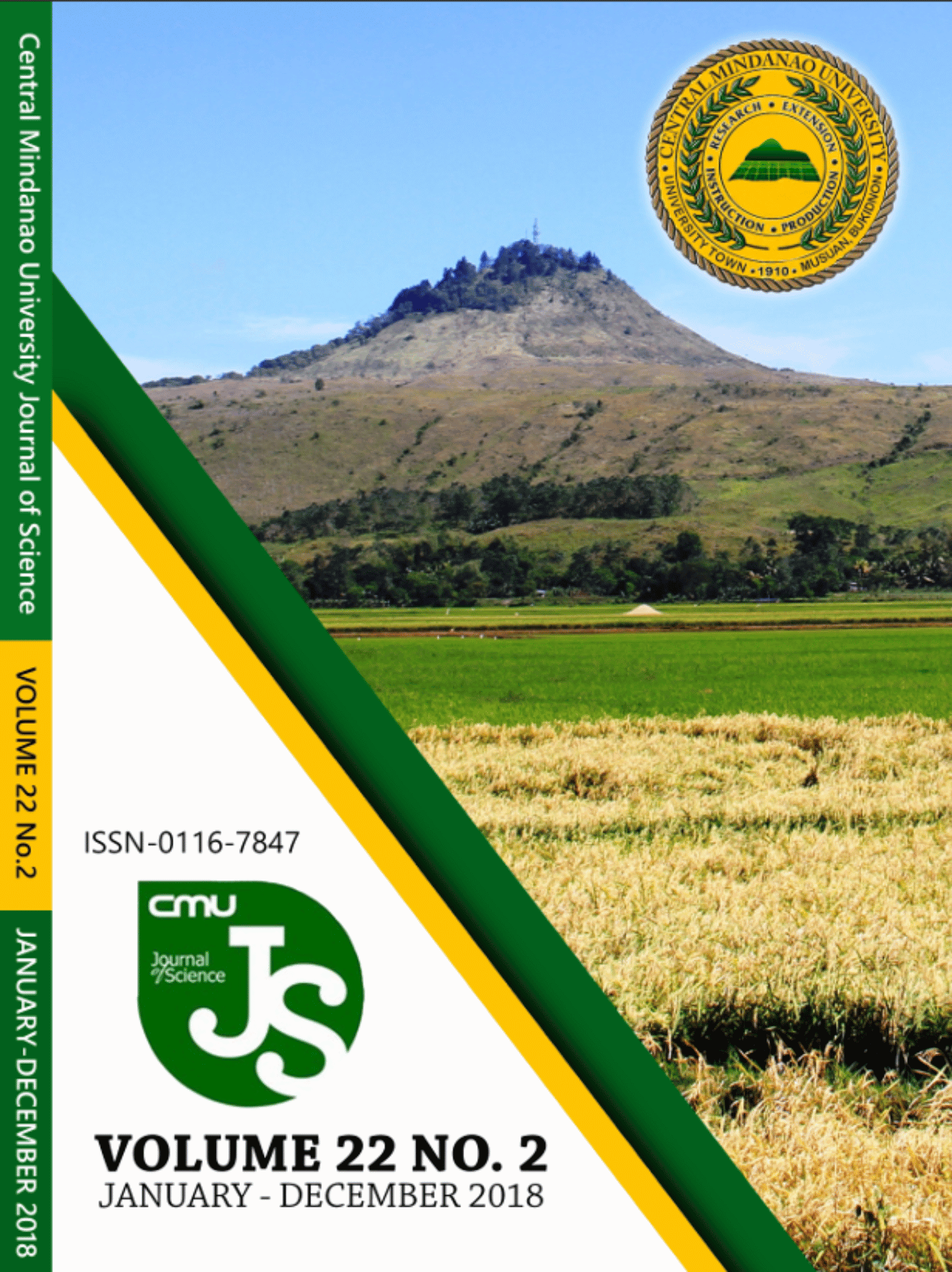Assessment of Termite Infestation in Academic Infrastructure at Central Mindanao University (CMU)
DOI:
https://doi.org/10.52751/exar2485Keywords:
drywook termites, subterranean termites, termite infestationAbstract
Knowing the pest species first is necessary for the formulation of pest control method. In this study an assessment of termite infestation in the academic buildings was conducted. All wooden materials both furniture and structural member were inspected for signs of termite infestation. Soldiers of termites found infesting wooden structures were collected for identification. The data gathered during actual inspections include moisture content of infested wood, coatings (painted or not), type of wood in service (furniture or structural member) and materials used (lumber or plywood). A regression analysis was run to determine if the mentioned factors or combination thereof can best explain the rate of infestation. A total of 28 buildings were inspected. All of the buildings showed signs of termite infestation. Pieces of furniture were mostly infested with drywood termites while structural member were infested mostly by subterranean termite. However, most of the buildings have empty tunnels with no active termite population. There were only 3 species of subterranean termites collected and identified viz., Macrotermes gilvus Hagen, Coptotermes gestroi Wasmann and Microcerotermes losbañosensis Oshima. Regression analysis showed that none of the factors or combinations thereof can explain the variation in the extent of damage caused by termites. Keywords: edible ferns, phenolics, flavonoids, antioxidant activity.
Downloads













 LinkedIn
LinkedIn